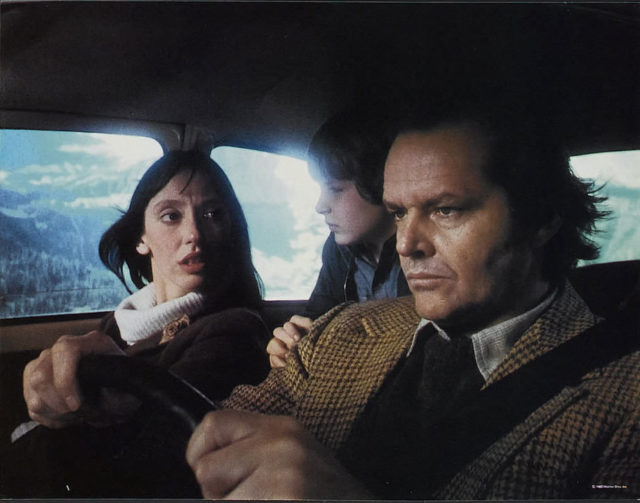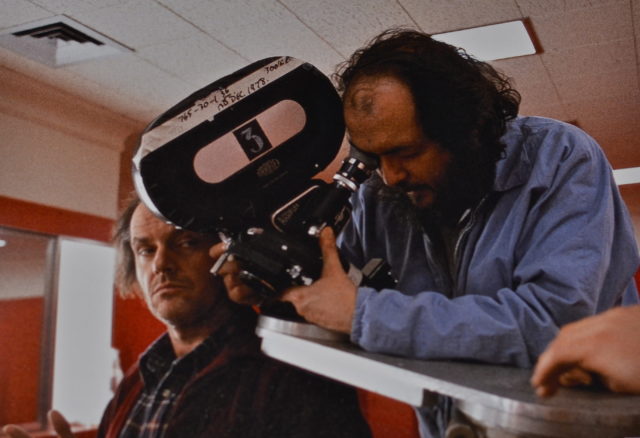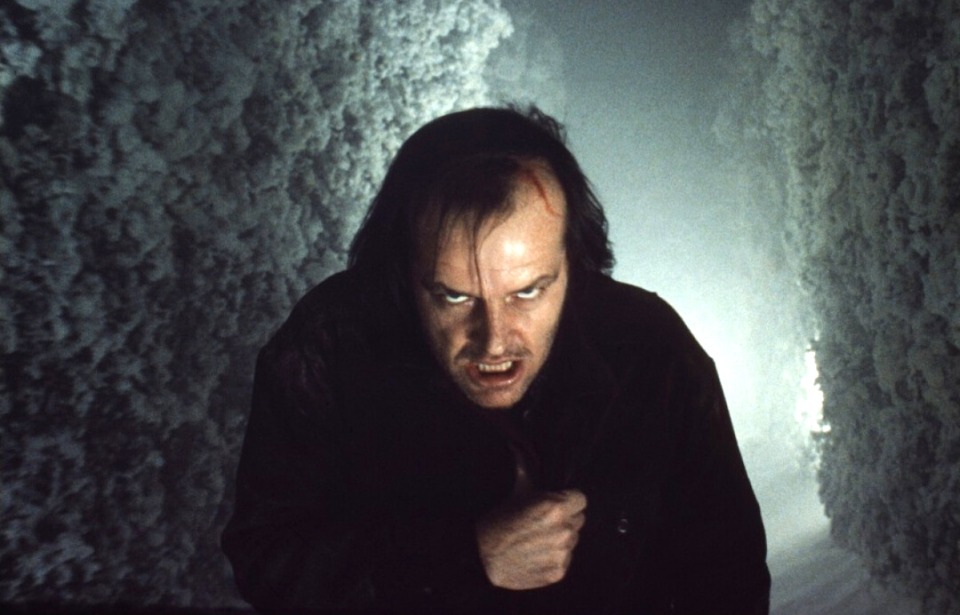The Shining is without a doubt one of Jack Nicholson’s most iconic films. His bone-chilling stare – which seems to transcend the screen – and explosive mannerisms are what make his character Jack Torrance one of Stephen King’s most magnetic, timeless, and downright terrifying characters.
One of the most memorable scenes from the 1980 film was actually written by Nicholson. It was inspired by a personal dilemma he shared with his character.
Did Jack Nicholson write the explosive ‘typewriter’ scene?
Based on the Stephen King novel of the same name, The Shining follows recovering alcoholic Jack Torrance, his wife Wendy, and their son Danny. The family moves into a resort in the Rocky Mountains of Colorado as its winter caretakers, but some supernatural force slowly drives Jack on a downward spiral of madness and murder. Directed by Stanley Kubrick, the film received mixed reviews upon its initial release but has since become a classic of the horror genre.

The scene in question shows Jack, an aspiring writer, sitting at his typewriter as he struggles to overcome his writer’s block. His wife Wendy, played by Shelley Duvall, walks over to the desk where her husband is typing away. “Hi, hun! How’s it going?” Wendy asks before kissing Jack on the cheek. Jack, with an annoyed look on his face, simply says “fine.”
Wendy asks more about Jack’s writing and tells him about the weather forecast, but she is continually met with one-word answers from her husband. She tells Jack, “don’t be so grouchy” and then says she’ll bring him some sandwiches soon. Jack then turns on Wendy, and in a very controlled voice, he scolds her for distracting him from his work. Nicholson’s acting in the scene feels like a pot about to boil over, revealing his character’s volatile mental state.
The scene was based on Nicholson’s own divorce
Nicholson revealed to the New York Times that he wrote the typewriter scene himself, using his own experience with divorce to shape the frustration his character felt toward Wendy. Nicholson divorced his first wife Sandra Knight in 1968, after six years of marriage. The couple shared one daughter together.

According to Nicholson, the birth of his daughter Jennifer made him feel the pressure of “being a family man with a daughter” while also growing his career. Both Nicholson and his character Jack shared a similar experience with their wives, as Nicholson acted during the day and worked on writing a script in the evenings in a “little corner” of their home. Whenever his wife approached him while he was writing, Nicholson recalled that she “walked in on what was, unbeknownst to her, this maniac.”
“I remember being at my desk and telling her, ‘Even if you don’t hear me typing it doesn’t mean I’m not writing. This is writing…’ I remember that total animus,” Nicholson told the New York Times. “Well, I got a divorce.”
More from us: When Robin Williams Helped a ‘Baked’ Jack Nicholson Accept His Best Actor Award
After sharing the story with Kubrick, Nicholson’s idea was written into the movie. As they were filming the scene, Nicholson reportedly imagined the arguments he had with his ex-wife.
